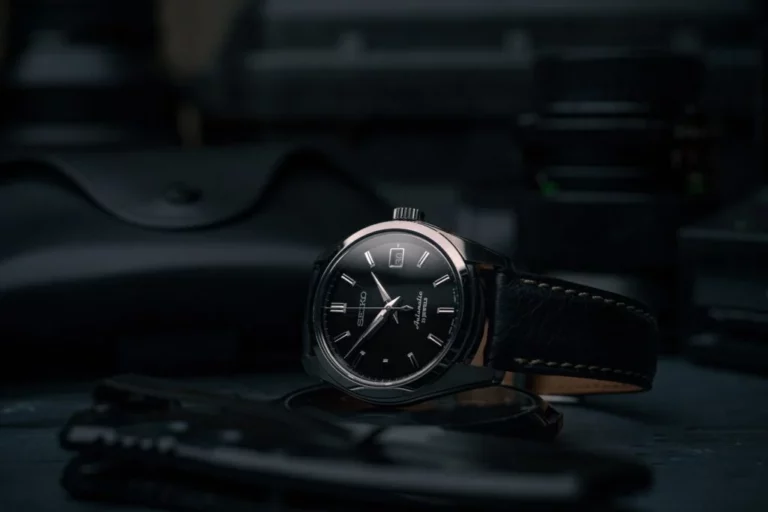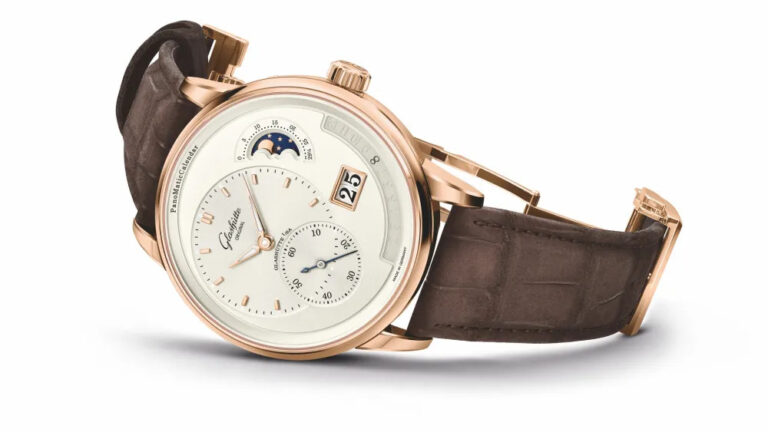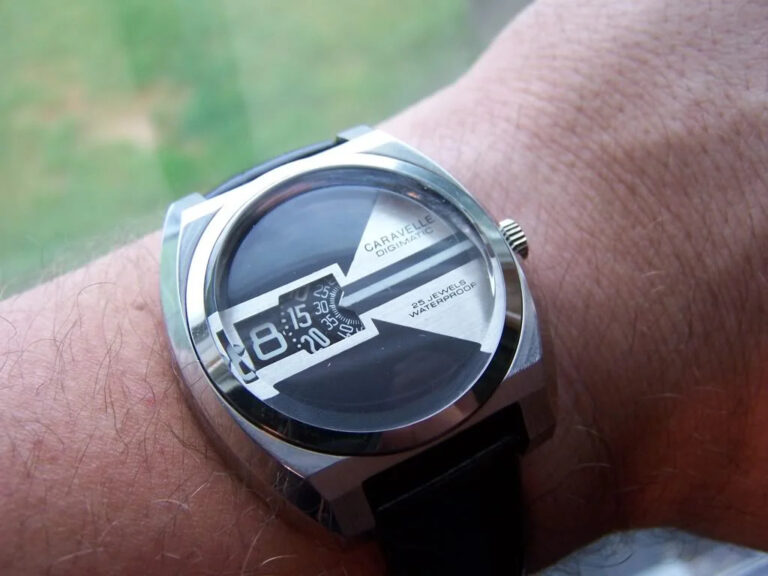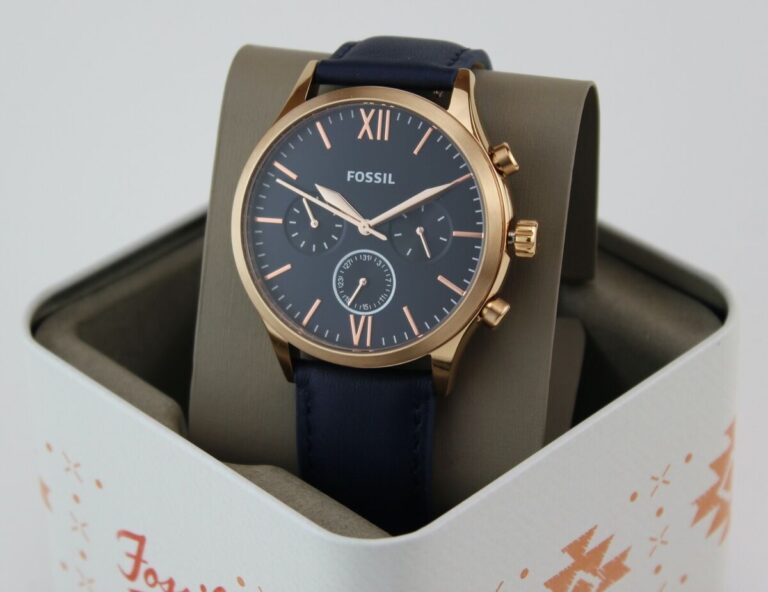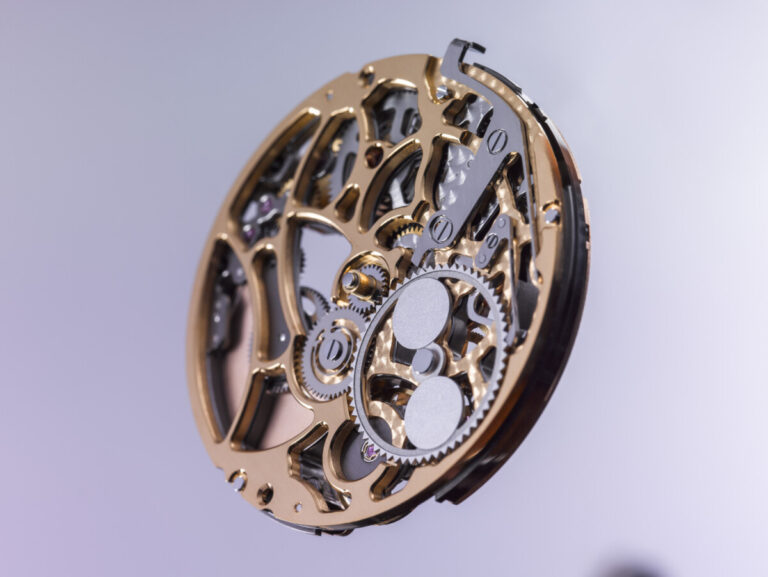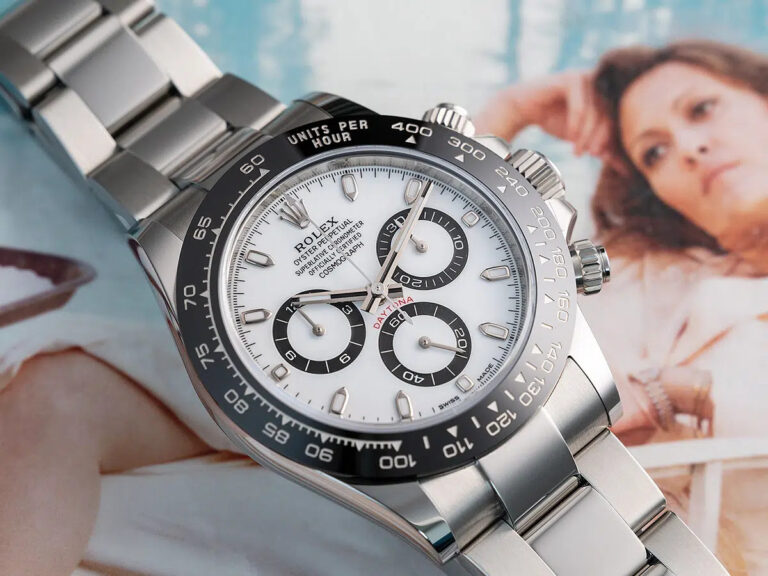As a watch enthusiast, I’ve often found myself wondering about watch placement and the factors that influence where we choose to wear our timepieces. Curiosity regarding historical and practical factors has driven me to delve deeper into this topic. After all, the significance of watch placement in fashion and culture cannot be overlooked.
Throughout history, the evolution of timekeeping has taken fascinating turns. We transitioned from neck-worn timepieces to pocket watches, and eventually, the emergence of wristwatches for convenience and style revolutionized the way we keep track of time.
Evolution of the Wristwatch
The journey from neck to pocket watches marked a significant step towards portability and accessibility. As timepieces became smaller and more portable, their development as wristwatches became inevitable. The accessibility and ease of use offered by wristwatches were undeniable advantages.
In the early days, the shift to wristwatches was driven primarily by practicality. The need for hands-free timekeeping, especially in military contexts, played a crucial role in their adoption. Watchmakers ingeniously integrated pocket watch movements into wristwatch cases, paving the way for a new era of convenience.
However, wristwatches soon transcended their utilitarian origins and emerged as fashion statements. Women were among the first to embrace them as accessories and status symbols, fueling the trend towards wristwatches as indicators of wealth and taste.
What Hand Should a Man Wear a Watch?
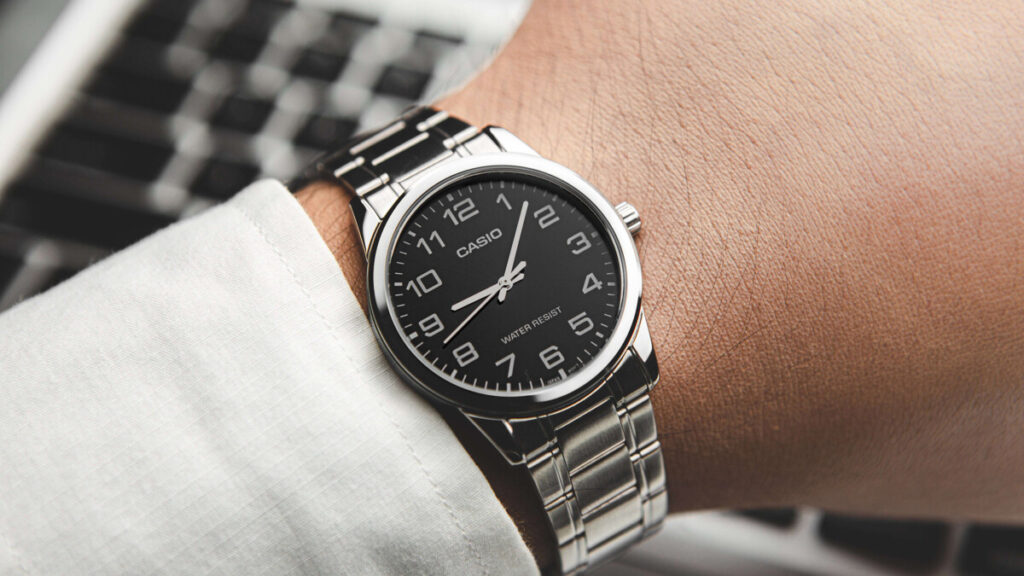
Traditionally, the historical practice has been to wear a watch on the non-dominant hand. This preference stems from the desire to avoid interference with writing or other fine motor tasks performed with the dominant hand.
The practicality of wearing a watch on the non-dominant hand is undeniable. It allows for ease of timekeeping while keeping your dominant hand free for everyday tasks. Imagine trying to write, type, or engage in intricate activities while wearing a watch on your dominant hand – it would certainly be an encumbrance.
Consider scenarios where wearing on the non-dominant hand is advantageous. A chef, for instance, would benefit from having their dominant hand unobstructed while cooking, ensuring precise movements and better control. Similarly, a carpenter or tradesperson would want their dominant hand free for handling tools and materials.
For left-handed individuals, the opposite holds true. They would naturally opt to wear their watch on their right hand, adapting the placement to suit their dominant hand.
While the prevalence of right-handed watch wearers is undeniable, the choice ultimately comes down to personal preference and lifestyle considerations.
Left or Right – Does It Matter?
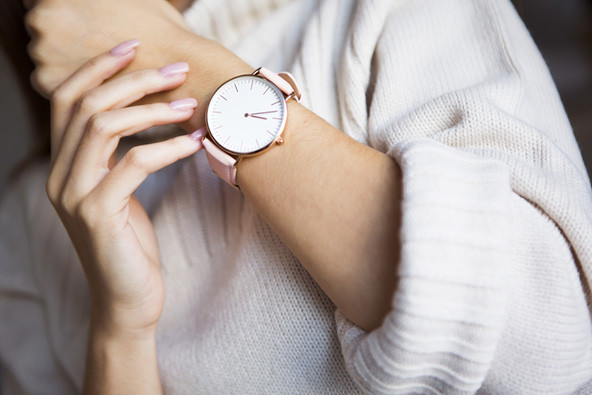
Wearing a watch on your non-dominant hand offers several benefits. First and foremost, it reduces the risk of shock impact and wear that can occur when using your dominant hand for various activities. This prolonged protection can extend the lifespan of your timepiece.
Additionally, wearing a watch on your non-dominant hand can improve accessibility for winding mechanisms. Many traditional watches feature crowns on the right side, making it easier to wind and set the time when worn on the left wrist.
However, the debate over crown orientation and winding mechanisms is an ongoing one. Some argue that crown placement should align with the dominant hand for ease of use, while others contend that consistent orientation across all watches is preferable.
As modern watches increasingly incorporate automatic or quartz movements, the relevance of winding mechanisms has diminished. This shift has led some enthusiasts to prioritize individual preference over traditional practices.
Ultimately, the decision to wear a watch on the left or right hand may come down to a matter of societal conformity versus individual preference. While societal norms have historically favored wearing watches on the non-dominant hand, there is a growing acceptance of individual choices and preferences.
The Takeaway
While there are undeniable advantages to wearing a watch on the non-dominant hand, such as reduced risk of damage and wear, as well as enhanced practicality and comfort for everyday use, the choice ultimately boils down to individual preferences and lifestyle considerations.
When deciding what hand to wear a watch on, it’s essential to consider factors like comfort and practicality. For some, adhering to societal norms may be important, while others may prioritize individual choice and challenging norms.
As attitudes towards watch etiquette evolve, it’s crucial to find a balance between aesthetics and functionality. The key is to choose a watch placement that suits your lifestyle and needs, rather than blindly following conventions.
Conclusion
In the world of watch enthusiasts, watch placement is a personal preference that should prioritize individual comfort and practicality. As we witness the evolving attitudes towards watch wearing, it’s essential to find a balance between functionality and comfort.
Ultimately, the decision of what hand to wear a watch on should align with your unique lifestyle and needs. Don’t be afraid to challenge norms and embrace your individuality, while still respecting the rich history and traditions of watchmaking.
I invite you, fellow watch enthusiasts, to share your own experiences and perspectives on watch wearing habits. Let’s celebrate the diversity of preferences that make our community so vibrant and engaging.


